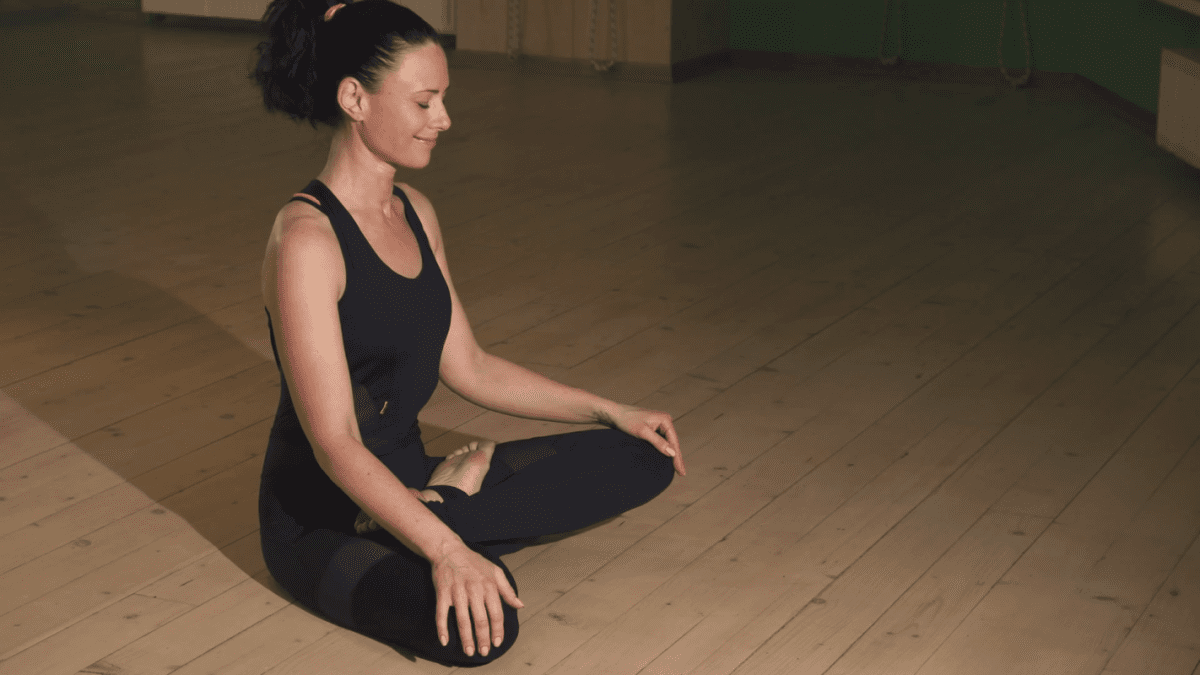Beginnninig a fitness journey is undoubtedly a commendable pursuit for overall health and well-being. However, in the pursuit of your fitness goals, the importance of adequate sleep often takes a backseat. In an age where time is a precious commodity, people frequently find themselves sacrificing sleep to accommodate their busy routines. Yet, what many fail to recognize are the subtle yet profound risks associated with exercising when sleep-deprived. This article aims to shed light on the intricate relationship between sleep and exercise, unveiling the hidden dangers that may compromise your health and fitness aspirations. Join us as we explore the nuanced interplay of these two essential pillars of well-being and discover why prioritizing rest is just as crucial as hitting the gym.
No, I don’t have a magic tonic to sell you that will cure all your ills. But I am trying to sell you on a real and honest idea, which is that sleep is just about one of the best things you can do for your health and performance. Plus, it feels great!
Here are just a few facts about exercising when sleep-deprived, which is defined as six or fewer hours per night:
- We have higher levels of three inflammatory markers, including C-reactive protein, which is associated with a number of diseases such as heart disease and stroke.
- For women, the risk of a fatal heart attack increases 45%.
- We have a 15% greater chance of developing or dying of a stroke.
- Women are at a higher risk of developing breast cancer with more aggressive tumours.
- Men have a 50% greater chance of developing colorectal adenomas, which are pre-cancerous tumours in the colon.
And the list goes on…. We have the evidence that lack of sleep increases inflammation and suppresses the immune system, which is why chronic fatigue is associated with heart disease, stroke and cancer. That’s why I call sleep a miracle drug. You can literally do nothing and get healthier!
If you’re caught in a late-night/early-morning lifestyle habit, it’s time to pay attention and make a change. It’s not worth permanently damaging your health. You’ve got to stop making excuses and sleep properly.
You already own this miracle drug. It’s time to take it at the right dose: 7-8 hours per night.
Training With Your Eyes Closed
There is a reciprocal relationship between exercising when sleep-deprived. If you sleep properly, you will probably perform well during your next workout, and if you exercise regularly, you will be able to sleep well. By understanding and applying the science of sleep, you will know how to optimize your health, fitness and performance.
Scientists recommend that people get between 7 and 8 hours of sleep per night because that is the amount of time required for all of the critical sleep-based recovery processes to occur. Acute exercise experiments indicate that exercise is associated with a small, but reliable increase in Stage 2 and slow wave sleep.
One example of a critical restorative process that occurs while you are sleeping is the release of Human Growth Hormone (HGH). HGH promotes fat breakdown and increases in muscle mass, which allows the body to recover from the physiological stresses that occur during exercise and daily life. If you are
and have less HGH in your system, not only will you restrict your body’s ability to recover while you are sleeping, but it also appears that you will limit your ability to exercise the next day. Lower levels of HGH may decrease the amount of time you can exercise due to reduced energy stores in your muscles.
The more you can commit to getting a proper amount of sleep, the healthier and more effective you will be.
Today’s POWER-UP: Sleep, Recovery and Regeneration Tactic: Progressive Relaxation
Muscle tension consumes energy inefficiently and decreases circulation, leading to physical aches and pains. Whereas if you can achieve a relaxed state, you can get relief from aches and pains and improve digestion, cardiovascular function and sleep – all of which will improve your mental and physical performance.
The good news is that you can induce this magical state using a technique called Progressive Relaxation, which consists of alternating 3-5 seconds of tension and 10-15 seconds of relaxation of various muscle groups.
HERE’S HOW:
- SIT IN A CHAIR
- LEAN BACK AND MAKE YOURSELF COMFORTABLE.
- CLOSE YOUR EYES.
- LIFT YOUR TOES AS HIGH AS POSSIBLE. HOLD. RELEASE AND LET THE TENSION GO INTO THE FLOOR. POINT YOUR TOES. REPEAT.
- TENSE THE UPPER PART OF YOUR LEGS. HOLD. RELAX. FEELING YOUR LEGS AGAINST THE CHAIR AND YOUR FEET AGAINST THE FLOOR. EXPERIENCE THE RELAXATION.
- TIGHTEN YOUR STOMACH MUSCLES . . . THEN RELAX. TAKE A DEEP BREATH. FEEL THE TENSION IN YOUR CHEST. EXHALE AND RELAX. CONCENTRATE ON HOW CALM YOU CAN GET.
- MAKE TIGHT FISTS WITH YOUR HANDS AND HOLD FOR ABOUT 5 SECONDS. UNCLENCH YOUR HANDS AND LET THE TENSION FLOW OUT, NOTING HOW IT FEELS DIFFERENT TO RELAX.
- DO THE SAME WITH YOUR UPPER ARMS, THEN YOUR NECK. FROWN, AND THEN RELAX. TAKE A MOMENT TO NOTICE ANY OTHER AREAS OF TENSION AND CONCENTRATE ON RELEASING THOSE AS WELL.
- TAKE A FEW DEEP BREATHS AND OPEN YOUR EYES – YOU WILL BE TOTALLY ALERT AND RELAXED!








